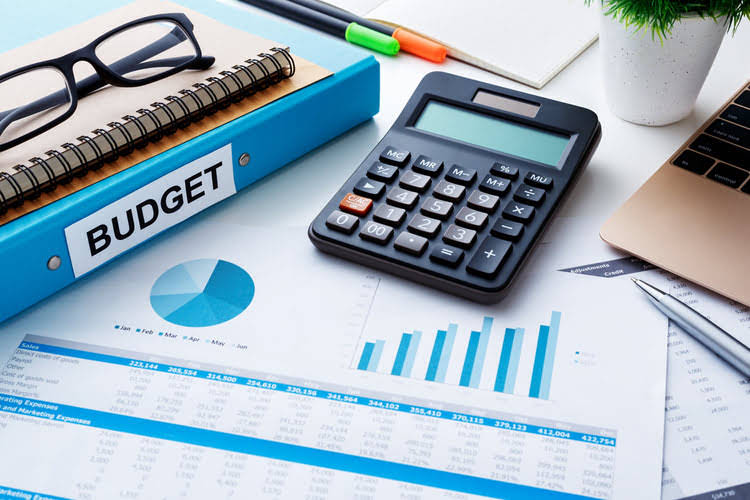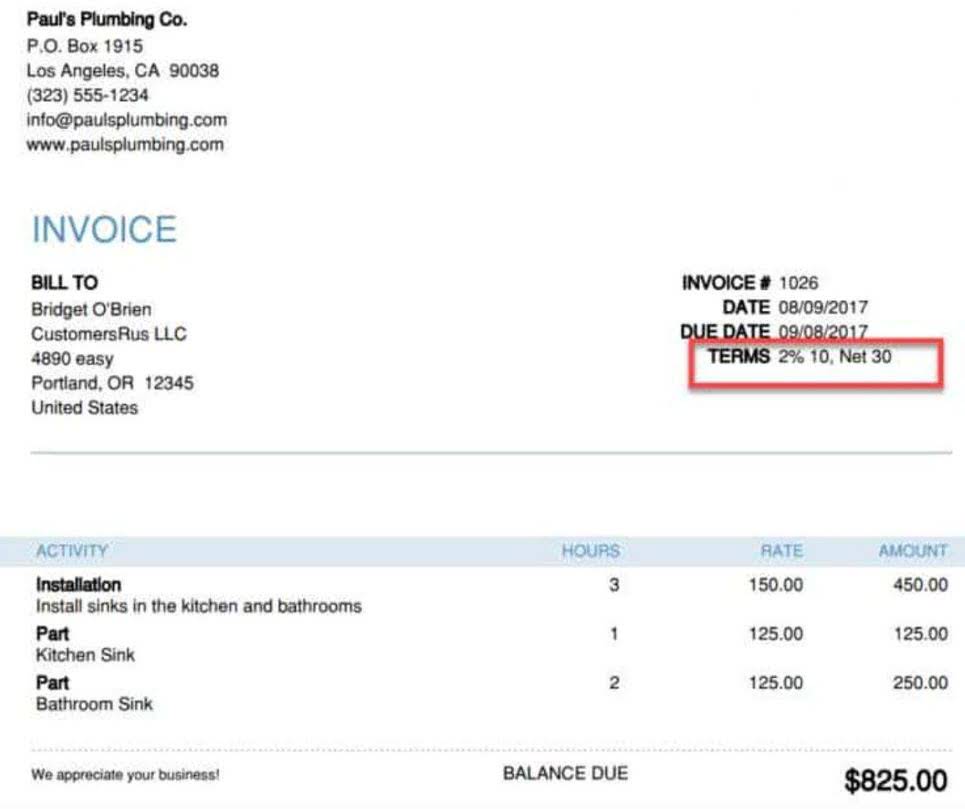
Effective deduction management can help save 1-2% of your total revenue, a considerable sum for a startup. Unauthorized deductions are direct attacks on your financial integrity. Develop recording transactions robust systems, clear communication protocols, and unwavering follow-up mechanisms to challenge and recover these funds.
Inventory Management Solutions

Just as you invest in your company’s future, these deductions are strategic expenditures designed to generate long-term market positioning and customer engagement. As a food and beverage consultant might advise, track each cost category meticulously and adjust your pricing strategy as your brand grows. I’ve seen brands face significant penalties simply because they missed key updates to these regulations.
- The main advantage to live accruals is that if sales are coming in lower than expected, sales teams can adjust the budget lower to maintain profitability.
- After using the products, consumers either discard or recycle the empty vessels.
- From basic compilations for internal analysis to comprehensive audits for financing purposes, CJBS provides crucial financial documentation.
- For CPG companies, revenue recognition will be dictated by the shipping terms (i.e., FOB shipping destination or FOB shipping point).
- Economic slumps often trigger flagging durable goods sales because people are more likely to hold onto their cash in times of economic uncertainty.
- Examples are food, beverages, personal care items, and cleaning supplies.
Key Accounting Metrics for CPG Brands
You can price your products more competitively once you have tighter control of your expenses. While the consumers weren’t happy, Coca-Cola’s accounting team managed the new product’s impact on their balance sheet pretty well. As trade promotions are created by the sales team, the planned trade promotion accrual is generated and actualized as trade promotion deductions come in. An intimate understanding of your cash flow will help you maintain enough capital to manage growth and meet consumer demand. Consumer Packaged Goods (CPG) companies have unique accounting considerations cpg accounting due to the nature of their business.
Overcoming Financial Statement Challenges in the CPG Industry
- Assets (cash, inventory, receivables, equipment) hold debit balances, while liabilities (payables, payroll, credit card balances, loans) and equity (owner contributions, retained earnings) carry credit balances.
- CPG companies can’t run effective operations without insight into their cash flow.
- Beyond immediate cash flow management, our financial projections and operating budgets focus on achieving your long-term objectives.
- They understand the unique challenges of the CPG industry and can support your business as it scales, allowing you to focus on growing your brand.
CPG companies must manage their inventory carefully to avoid overstocking or understocking. Overstocking can lead to increased storage costs, while understocking can lead to lost sales and reduced profitability. When investing in companies in the consumer packaged goods sector, it is best to evaluate key points of the company’s financial data for information about accounts receivable and inventory turnover. The efficacy of your financial management system fundamentally hinges on the structure of your P&L statement. A well-designed P&L not only ensures compliance and accuracy but also provides actionable insights into your business operations.
A guide to chart of accounts for CPG companies
- For instance, a food and beverage company may have a large inventory of perishable goods close to their expiration date or have become obsolete due to changes in consumer preferences.
- They are different from durable goods, such as computers or washing machines, which are more expensive and last many years.
- Your team, from leadership to sales to finance and accounting, needs a deep understanding of the process and the importance of each step to enable proper, accurate treatment.
- Dig into any line item on the income statement or balance sheet, and make sure everyone understands it – not just finance and accounting.
- During the economic downturn from the 2008 recession, sales of nail polish went up as consumers “splurged” on at-home nail treatments instead of pricey salon manicures.
- A positive cash flow means you have more money coming in than going out, while a negative cash flow means you’re spending more than you’re bringing in, which can be a sign of trouble.
You can create a better roadmap, based on tight data sets that guide efficient growth and scaling. But sub-par corporate accounting practices won’t only make handling your finances harder to run your company today—it will also impact your ability to grow and thrive in the future. CPG companies must also consider tax implications when conducting business. CPG companies may be subject to sales tax, income tax, and other taxes depending on their location and the nature of their business. CPG companies must comply with tax regulations and accurately account for any taxes owed. This reserve is an estimate and should be recorded based on historical trends, industry trends, or other substantiated data.

We’ve Raised $30M to bring AI to CPG Brands
- In that case, the LIFO method may result in a lower taxable income than FIFO since the most recent and more expensive inventory is assumed to be sold first.
- Knowing your break-even point is vital for understanding the minimum performance required to avoid losses.
- Our experts help minimize tax liabilities through effective planning, assist with audits, and manage all necessary documentation to avoid potential penalties.
- Below, we will go into an introduction to each of these three financial statements, exploring how they are important tools that can help provide a dashboard into your company’s financial health.
- Keeping a close eye on your P&L lets you know whether you’re actually making money.
In this chapter, I’ll break down the key elements of accounting for a CPG business, the important financial statements you’ll need, and how to manage costs like trade spend and deductions. For any business, managing inventory isn’t just a number on a spreadsheet, and this is especially true for CPG businesses. You have to keep track of consumer demands, production, and seasonal patterns. If you don’t manage your inventory properly, it can lead to inaccurate financial data.

I’ve seen brands struggle to maintain profitability because they didn’t have accurate, real-time insight into their COGS. If you don’t know your true production costs, it’s tough to price your products right and protect your margins. The sooner you build strong accounting practices, the better off your CPG brand will be. By understanding your P&L, balance sheet, and cash flow, you’ll have a clearer picture of your brand’s financial health. With that knowledge, you can make smarter decisions, avoid potential cash flow crises, and position your brand for long-term growth.
They know their overall costs, so they can make profits while keeping the costs lower than others. Once the deduction data comes in from the distributor, often weeks or months later, the accruals are actualized and any disputes or claims will then be submitted. It is imperative during this period to keep a traced audit trail and backups for documentation of every promotion for reference during disputes and for the accounting team to ensure compliance during audits. A chart of accounts is a categorization of your company’s general ledger. They include Retail Accounting your cash on hand, inventory information, equipment, accounts receivable, and other types of business transactions and assets. Accurate and consistent information ensures accurate forecasting and helps prevent overspending.